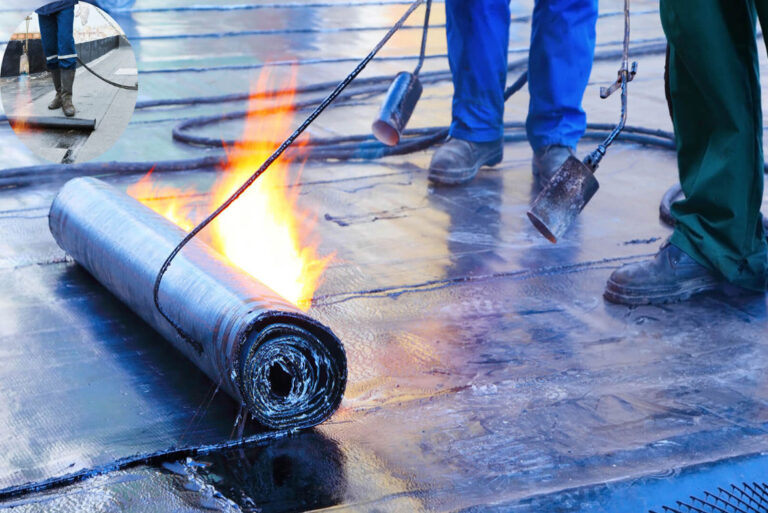When it comes to roofing materials, roofing tar is one of the most commonly used solutions for sealing and repairing roofs. Known for its durability and waterproofing properties, roofing tar is a go-to product for both homeowners and professionals. Whether it’s patching up a flat roof, sealing leaks, or providing a protective layer, this sticky substance plays a crucial role in roof maintenance.
However, one question often arises: Does home roofing tar get hard? Understanding the hardening process is essential for ensuring that roofing tar performs effectively. Improper application or failure to account for certain factors can lead to soft tar, leaks, or reduced roof longevity. For homeowners, knowing how roofing tar hardens and how to manage the process can save time, money, and headaches.thia
What Is Home Roofing Tar?
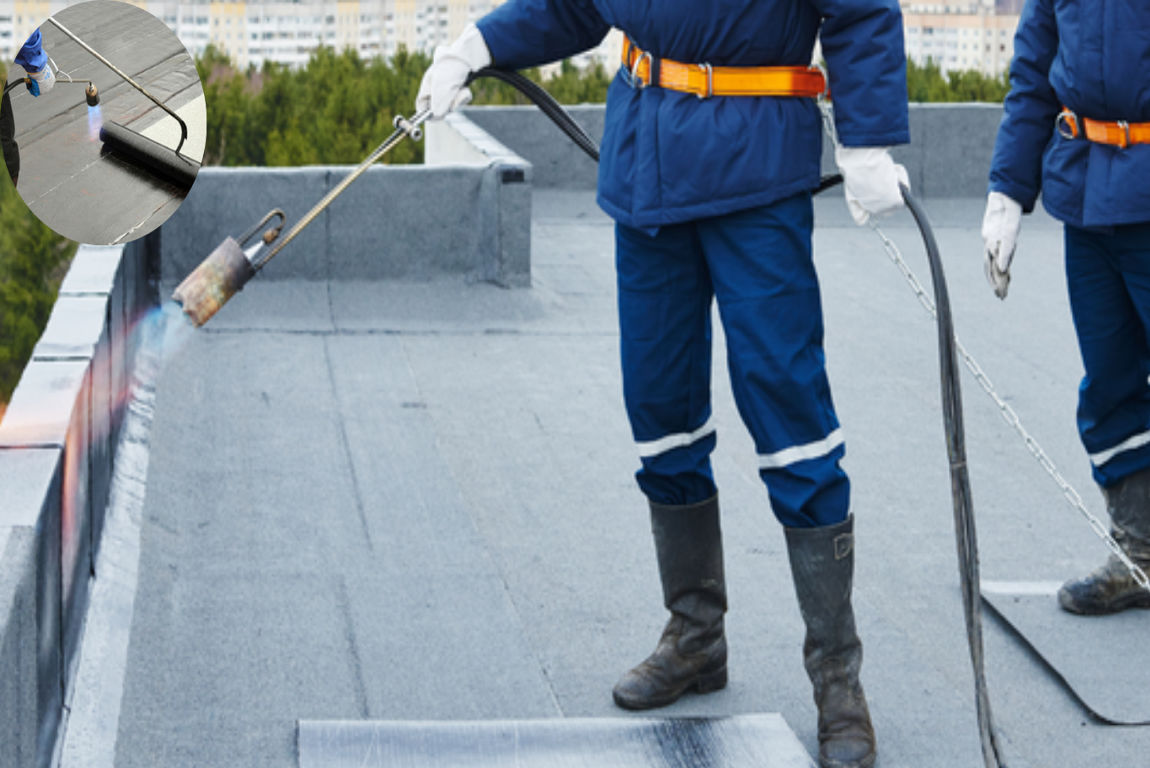
Definition and Composition
Roofing tar is a thick, sticky substance made from materials such as coal tar or petroleum byproducts. It is specifically designed for use on roofs to create a waterproof barrier. The material has a viscous consistency when applied and gradually hardens over time.
Common Uses of Roofing Tar
Roofing tar is incredibly versatile and widely used in various applications, including:
- Flat roofs: Tar is commonly applied on flat or low-slope roofs to create a seamless, waterproof layer.
- Leak repairs: It is an effective solution for sealing leaks and cracks on roofs.
- Flashing seals: Tar is often used to seal areas around chimneys, vents, or other penetrations on the roof.
- Reinforcement materials: It can be paired with fiberglass mesh or roll roofing for added durability.
Key Characteristics
Roofing tar boasts several unique qualities that make it ideal for roofing applications, including:
- Waterproofing: Keeps water from seeping through cracks or seams.
- Durability: Withstands weather conditions like rain, snow, and sunlight.
- Insulation: Helps regulate indoor temperatures by acting as an insulating barrier.
Pros and Cons of Roofing Tar
ProsCons
Excellent waterproofing capabilities Strong odor during application
Cost-effective for repairs: It can be messy to apply
Long-lasting with proper care Requires specific weather conditions
Easy to find and widely available Not suitable for all roof types
By understanding what roofing tar is and how it works, you’re better equipped to handle any roofing projects involving this material.
Does Home Roofing Tar Get Hard?
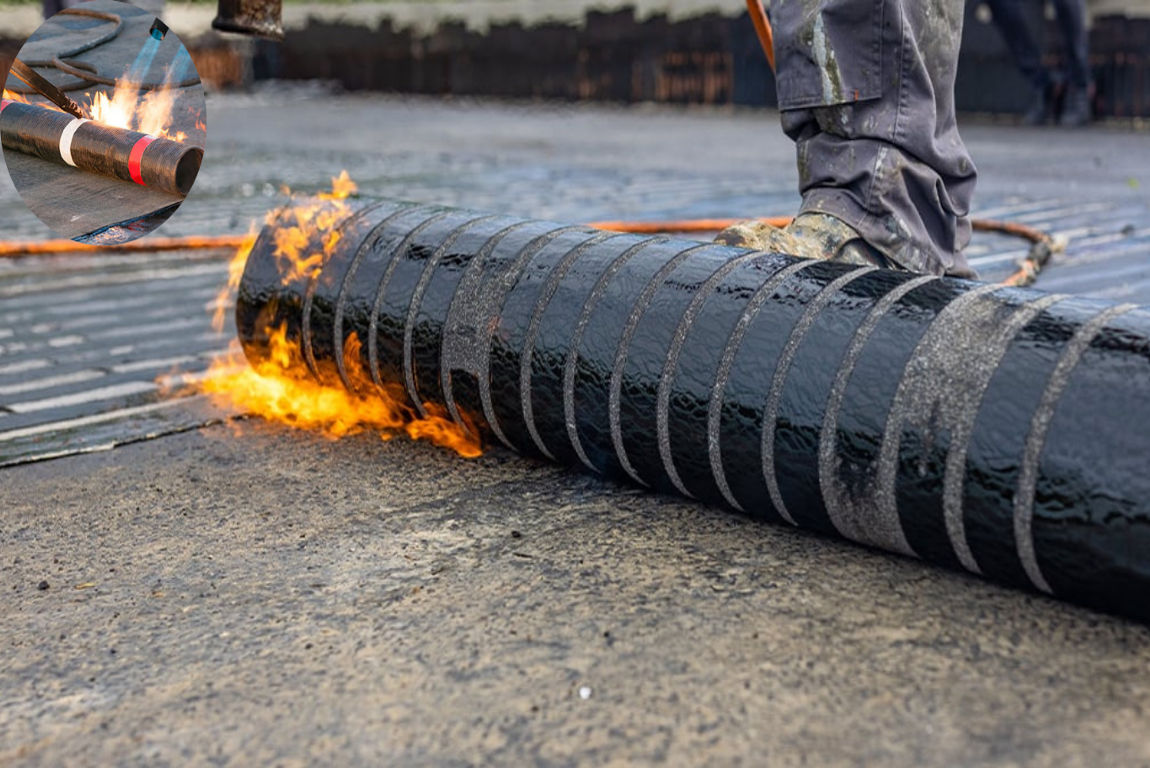
Yes, Roofing Tar Does Harden
The good news is that, yes, roofing tar does harden after application. Initially, roofing tar has a thick, liquid consistency, which allows it to spread evenly across the roof’s surface. Over time, it undergoes a curing process where it transitions from a soft, sticky substance to a rugged and durable layer.
You may also read (the impact of metal roof color on your homes aesthetics).
The Hardening Process Explained
The hardening process, also known as curing, involves the evaporation of solvents and the stabilization of the material. Here’s how it works:
- Application Phase: Roofing tar is applied as a viscous liquid.
- Drying Phase: The top layer starts to dry as solvents evaporate.
- Curing Phase: The material sets fully, becoming rigid and resilient.
Under ideal conditions, roofing tar typically hardens within 8 to 24 hours. However, several factors can influence this timeline.
Factors Affecting Hardening Time
Weather Conditions
- Temperature: High temperatures speed up the curing process, while lower temperatures (below 70°F) slow it down.
- Humidity: High humidity levels can prolong the drying time as moisture in the air interferes with solvent evaporation.
- Rain or Snow: Roofing tar cannot harden properly if exposed to moisture during application.
Thickness of Application
A thicker layer of tar takes longer to dry and cure compared to a thin, even application. It’s essential to apply tar in layers and allow each one to cure before adding more.
You may also read (what should you look for during a house viewing).
Type of Tar Product
Different types of roofing tar have varying hardening times. For instance, cold-applied tar may take longer to harden compared to hot-applied tar.
Surface Conditions
The condition of the roof surface also impacts hardening. A dry, clean surface ensures better adhesion and faster curing. In contrast, applying tar to a wet or dirty roof can delay or even prevent it from hardening.
Exposure to Heat
Excessive heat can cause tar to soften or become gooey, especially on sloped roofs. On the other hand, controlled heat sources (like a hairdryer) can help speed up the hardening process.
Tips to Accelerate Hardening
If you want your roofing tar to harden faster, here are some practical tips:
- Ensure good airflow: Proper ventilation helps solvents evaporate more quickly.
- Apply gentle heat: Use a low-power heat source like a hairdryer to warm the surface (avoid overheating).
- Choose dry, warm weather: Plan your application on a dry day with temperatures above 70°F.
By addressing these factors, you can ensure that your roofing tar hardens effectively and performs as intended.
How Long Does Roofing Tar Take to Dry and Cure?
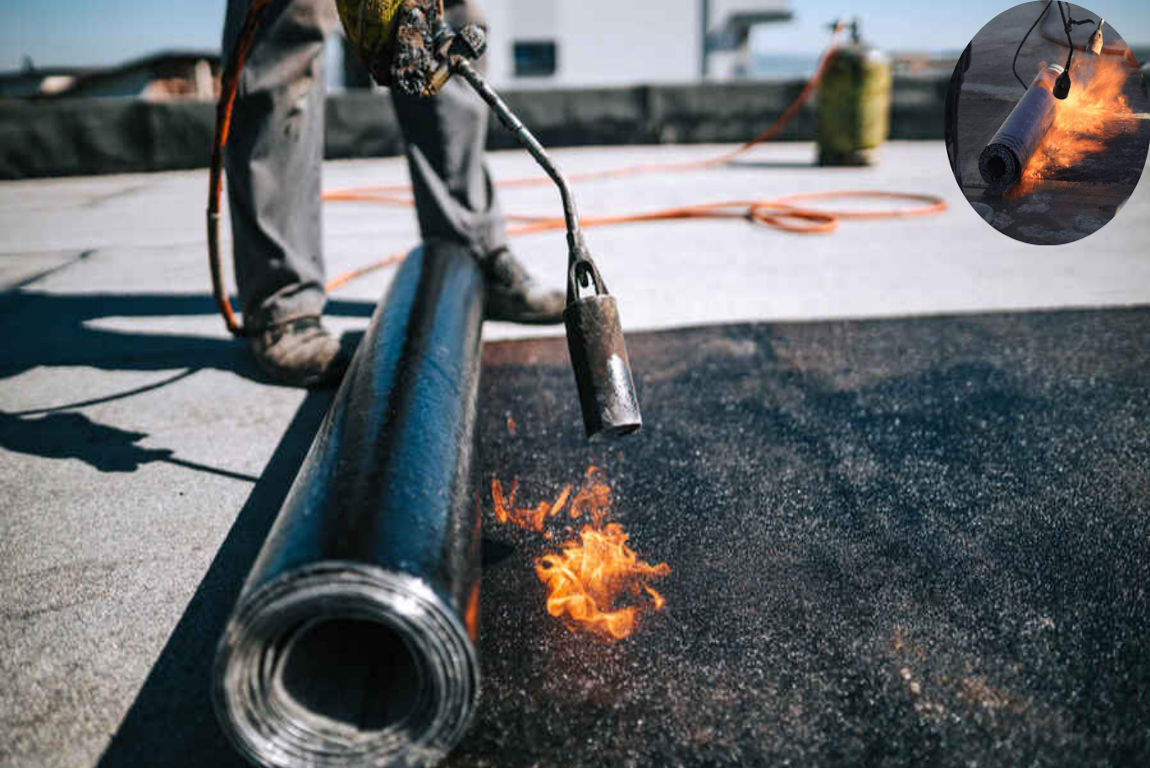
Drying vs. Curing
It’s important to distinguish between drying and curing:
- Drying: Refers to the surface layer becoming touch-dry. This typically occurs within a few hours.
- Curing: The complete stabilization of the material, which may take days or weeks.
Typical Drying and Curing Times
- Drying Time: 8 to 24 hours under optimal conditions.
- Curing Time: Up to 1 week or more, depending on factors like thickness and weather.
Why Some Tar Remains Soft
In some cases, roofing tar may remain soft even weeks after application. This is usually caused by:
- Excessive thickness of the applied layer.
- High humidity or low temperatures during application.
- Use of a slow-curing tar product.
If the tar remains soft, consider adding airflow or waiting for better weather conditions.
Common Issues with Roofing Tar Hardening
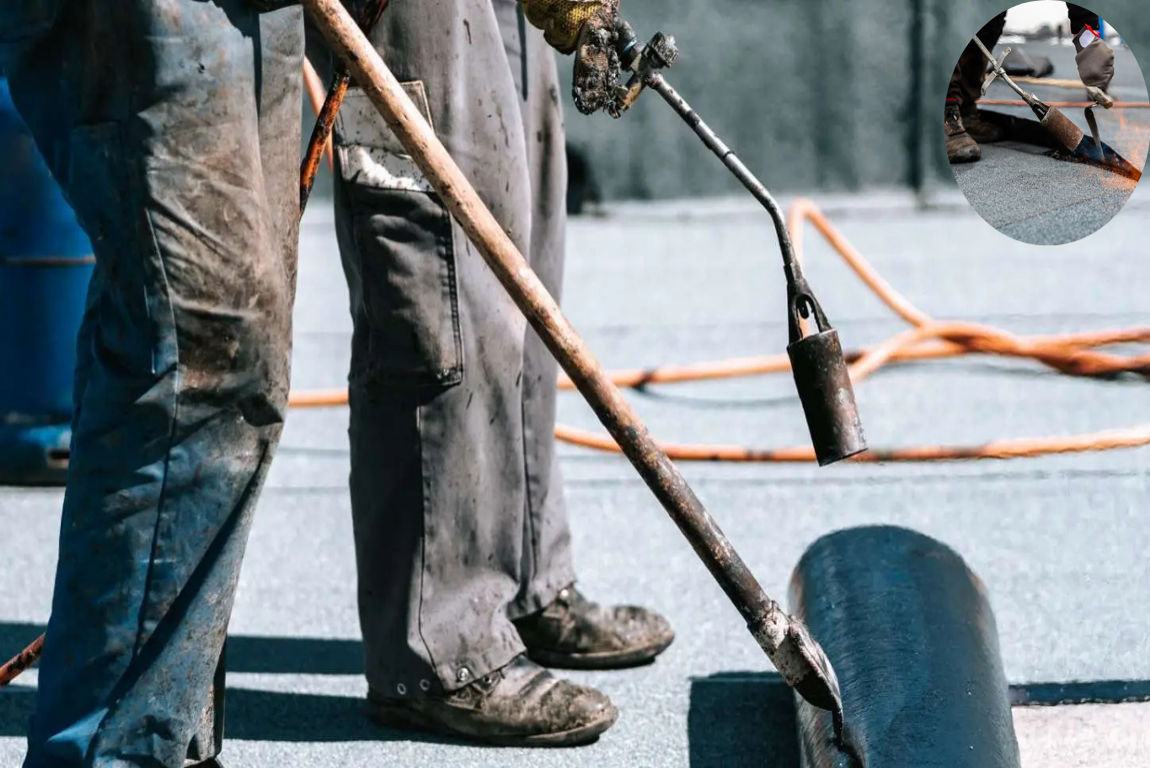
Soft or Sticky Tar
Improper weather conditions, excessive thickness, or contaminants on the roof surface can cause the tar to soften after application. Solutions include:
- Allowing additional drying time.
- Removing excess tar and reapplying in thinner layers.
Risks of Improperly Cured Tar
- Leaks: Soft tar cannot provide a proper waterproof seal.
- Reduced Durability: Improper curing leads to premature wear and tear.
- Weather Damage: Untreated tar is more vulnerable to rain or snow.
Best Practices for Applying Roofing Tar
Preparing the Roof
- Clean the roof thoroughly, removing dirt and debris.
- Inspect for damage and repair any cracks or holes.
Application Tips
- Stir roofing tar for consistency before application.
- Use tools like a tar mop, brush, or trowel for even coverage.
- Apply in thin layers to ensure proper curing.
Maintenance and Longevity of Roofing Tar
With proper care, roofing tar can last 20-25 years. Regular maintenance, such as inspecting for cracks or leaks, will prolong its lifespan and ensure its effectiveness.
You may also read (understanding roof insurance for homes over 20 years old).

